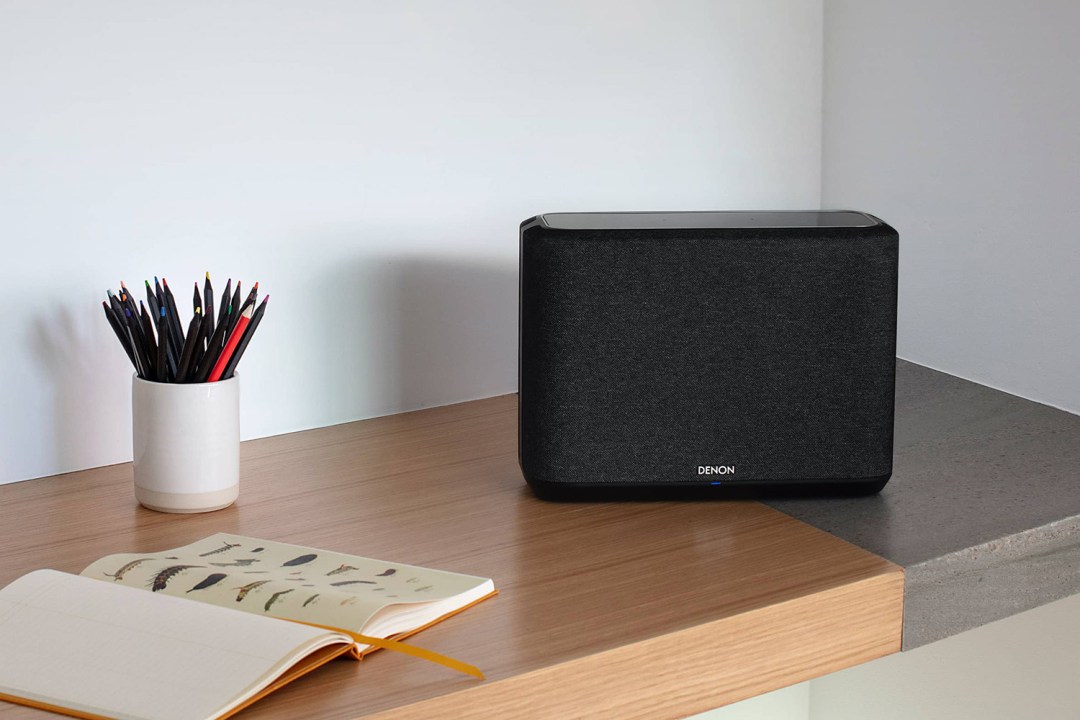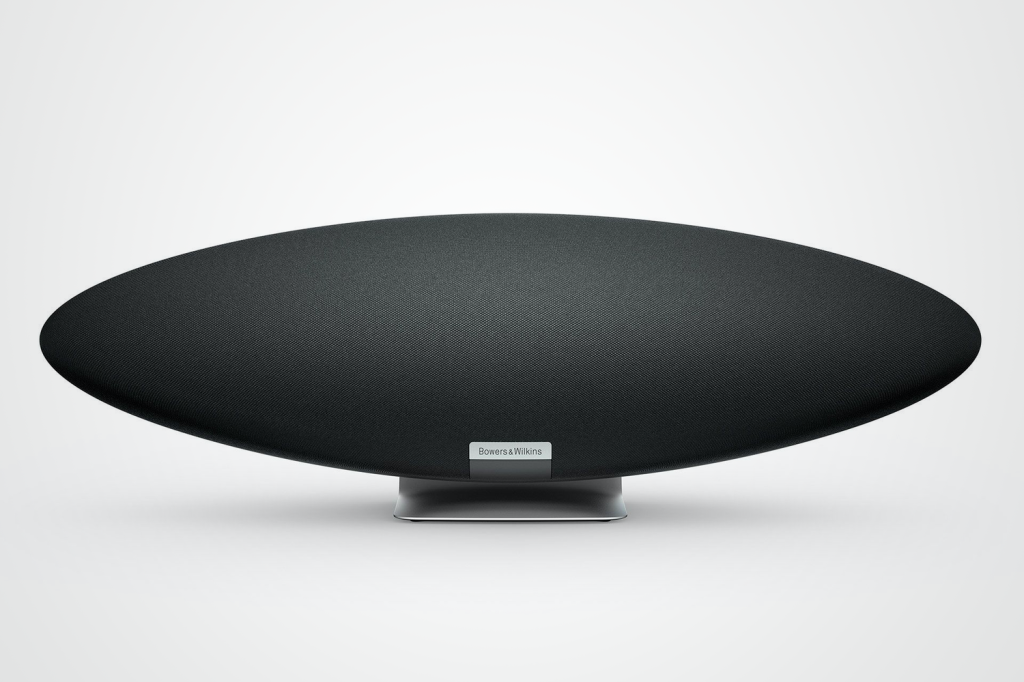Wireless speaker tech explained: should you go for Wi-Fi or Bluetooth?
Ciao, cables! Here’s everything you need to know about cord-free audio in the form of wireless speaker tech

In some ways, speakers are much the same as they were the best part of a century ago. They’re boxes that use drivers to turn electronic signals into sound. In other ways, they’re totally different. Notably in the way they no longer require a physical cable to accept those electronic signals. That’s right, we’re here today to talk about wireless speaker tech.
Wireless speakers are a fairly recent innovation but one that has become almost totally ubiquitous. If you’re reading this, chances are you have at least one wireless speaker in your home. It could be an Alexa- or Google Assistant-equipped smart speaker or a portable Bluetooth speaker. Or maybe a multiroom speaker or a gaggle of cable-free surround speakers.
Here’s everything you need to know about the speaker tech that’s putting an end to the dreaded menace of cable spaghetti. We’ll go through the types of speaker available. And we’ll talk about the tech underpinning them. Plus anything else you should be aware of before pulling out your credit card and splashing the cash.
Bluetooth, Wi-Fi – or both?

There isn’t one single type of wireless speaker technology, but all wireless speakers use some form of radio frequency (RF) tech to receive signals. Most use Bluetooth, many have Wi-Fi, and some have both.
The term ‘Bluetooth speaker’ usually refers to a compact wireless speaker that uses only Bluetooth wireless tech. It connects to a source device (usually a smartphone, tablet or computer) via Bluetooth. This gives it a wireless range of around 30ft/10m for Bluetooth 4.0 and up to 800ft/240m for Bluetooth 5.0. Walls, objects and other interference can reduce the range quite drastically.
Bluetooth-only speakers often feature a built-in rechargeable battery, allowing them to be used outside and on-the-go. They’re often splash-proof or even fully waterproof too – ideal for providing a soundtrack to your beach, poolside or picnic activities. Hit the link below for our favourite examples.

You then have (and once again please understand that, in typical tech world fashion, there’s no specific standards that are applied to this term) ‘wireless speakers’, which add Wi-Fi connectivity to the mix.
When it comes to explaining the difference between Wi-Fi and Bluetooth streaming it would be worth emphasising that Wi-Fi streaming allows for much greater sound quality as there is more bandwidth here.
Why it’s better to use Wi-Fi if at home
A key advantage is that if you’re streaming music from your phone over Wi-Fi, you can also continue to use your phone in the normal way. So you can take calls or watch videos on your phone without interrupting your music. This is different from Bluetooth because your music would be interrupted if, say, you watched a video on your phone.
A wireless speaker generally isn’t battery-powered or portable; it might have Bluetooth on board for direct streaming, sure, but it’s mostly designed to be set up in a semi-permanent position in your home or office and used for streaming from music services like Spotify, Tidal, Deezer, Amazon Music et al via your home’s Wi-Fi network. Wi-Fi tends to offer a more robust connection than Bluetooth, with a longer range.
It may have smart tech on board too, allowing you to use voice commands to choose tracks, adjust the volume, turn up your smart thermostat or check the weather outside, and it may have an audio input for hooking up older audio sources (while iPod docks have become a thing of the past, there’s still a place in our hearts for the humble aux cord).

What about multiroom?
Many of these speakers can also be arranged into a wireless multiroom or surround sound system, enabling you to fill your home with music/room with all-encompassing multi-channel audio without the need to start drilling through walls and running cables around the top of skirting boards.
Sonos pioneered this type of multi-speaker setup, but there are tons of other viable options these days, including the Denon Home range, Bluesound’s Pulse M and Yamaha’s MusicCast gear.
Many ranges include wireless subwoofers and soundbars as well as regular speakers, allowing you to tailor the system more towards the home cinema side of things should you wish.
Some wires required (usually)
When is a wireless speaker actually wired? When it needs power, which is… well, always.
OK, so there are battery-equipped portable Bluetooth speakers that we’ve mentioned. Once charged these are fully wireless until the power is all used up. But if we’re talking wireless home speakers for hi-fi and home cinema then you’ll likely have to connect them to your AC power, which means running a cable to a wall socket.
If you want things to be as clean and wire-free as possible in this situation, you can run your AC cables through walls, under floors, behind skirting boards and beneath carpets to minimise the visible wiring. But yes, in general, wireless means ‘less wires’ rather than ‘no wires’. So do consider that when planning any purchases.
Now why not check out 20 awesome Sonos tips, tricks and secret features
